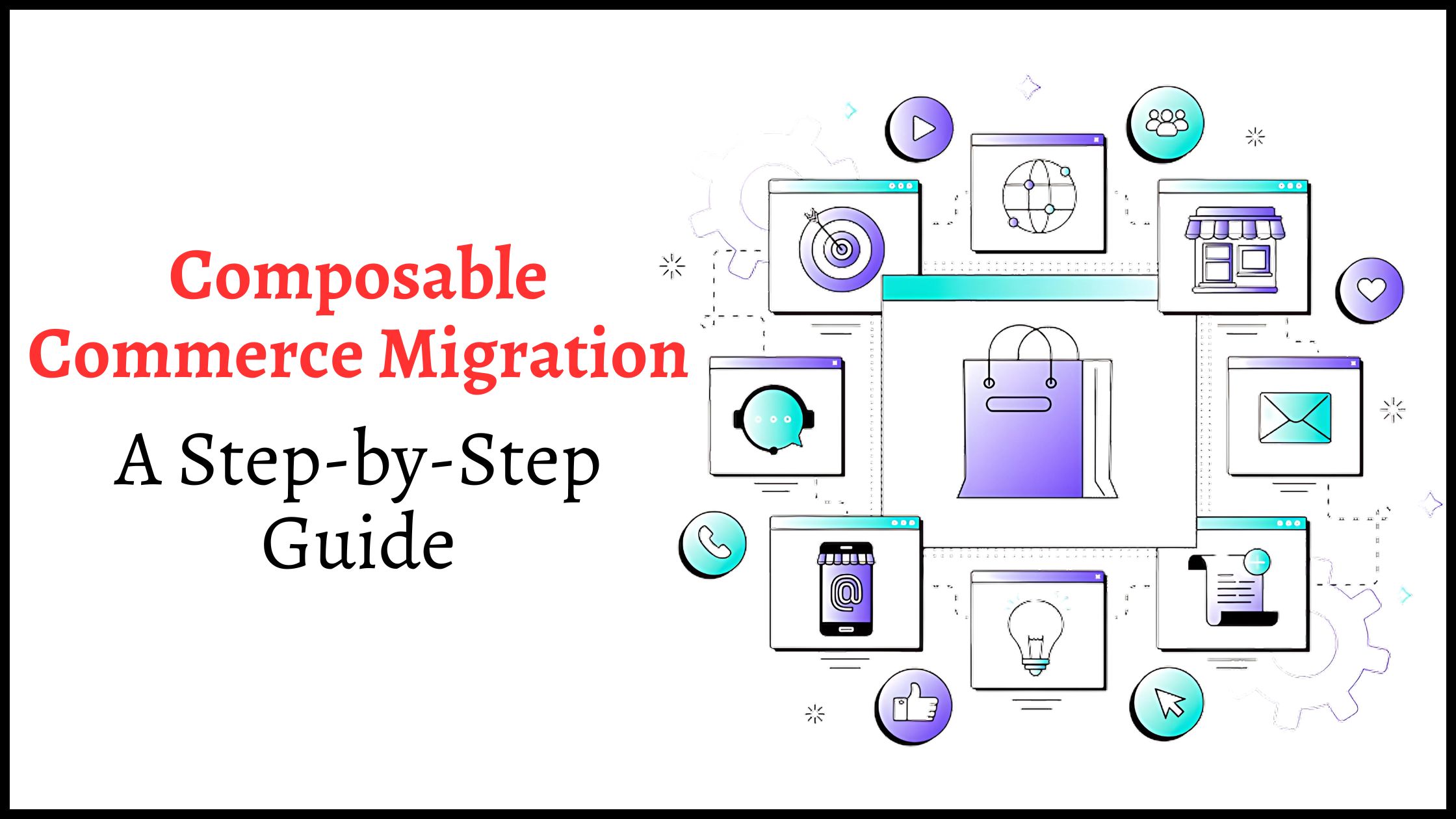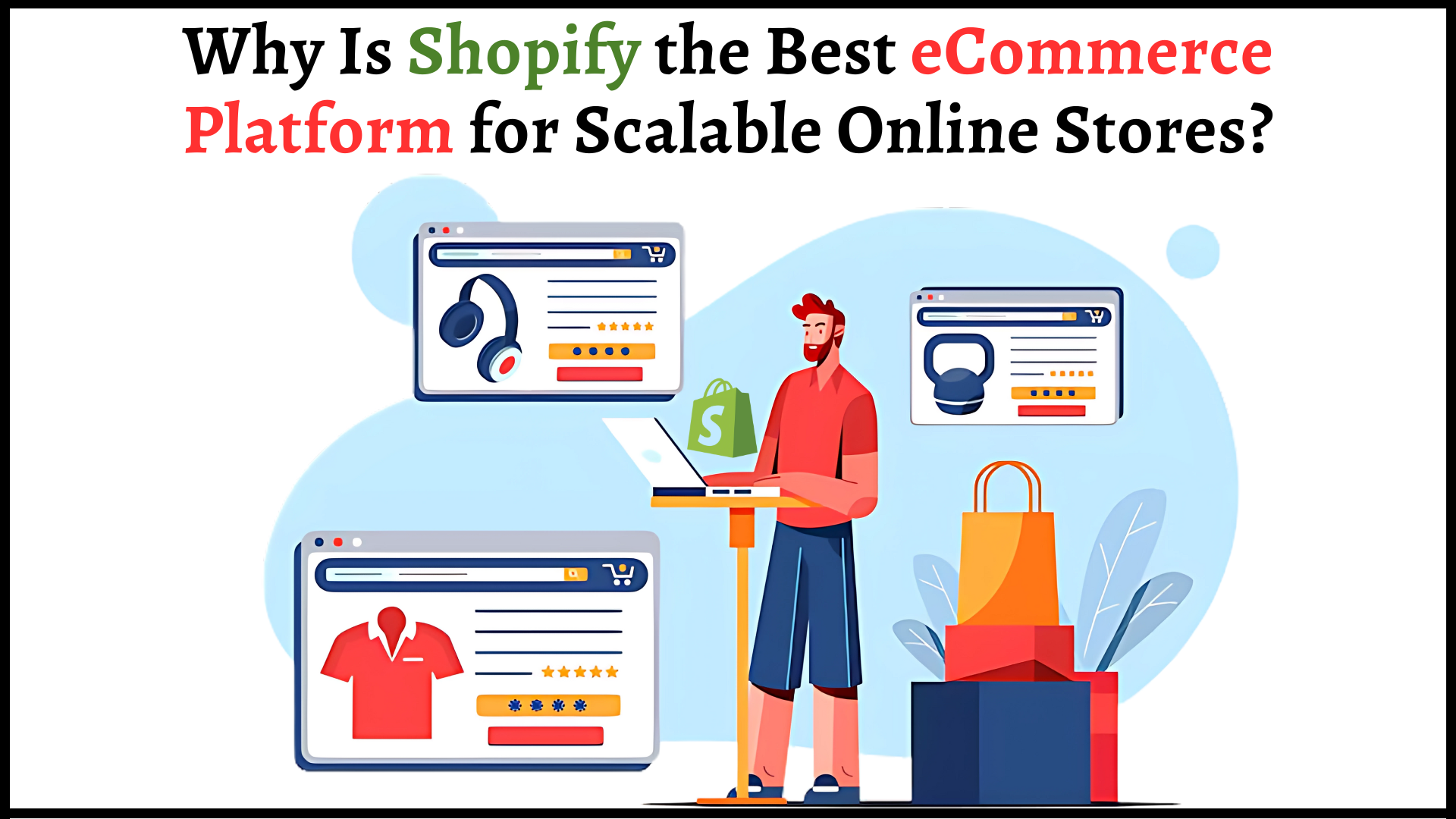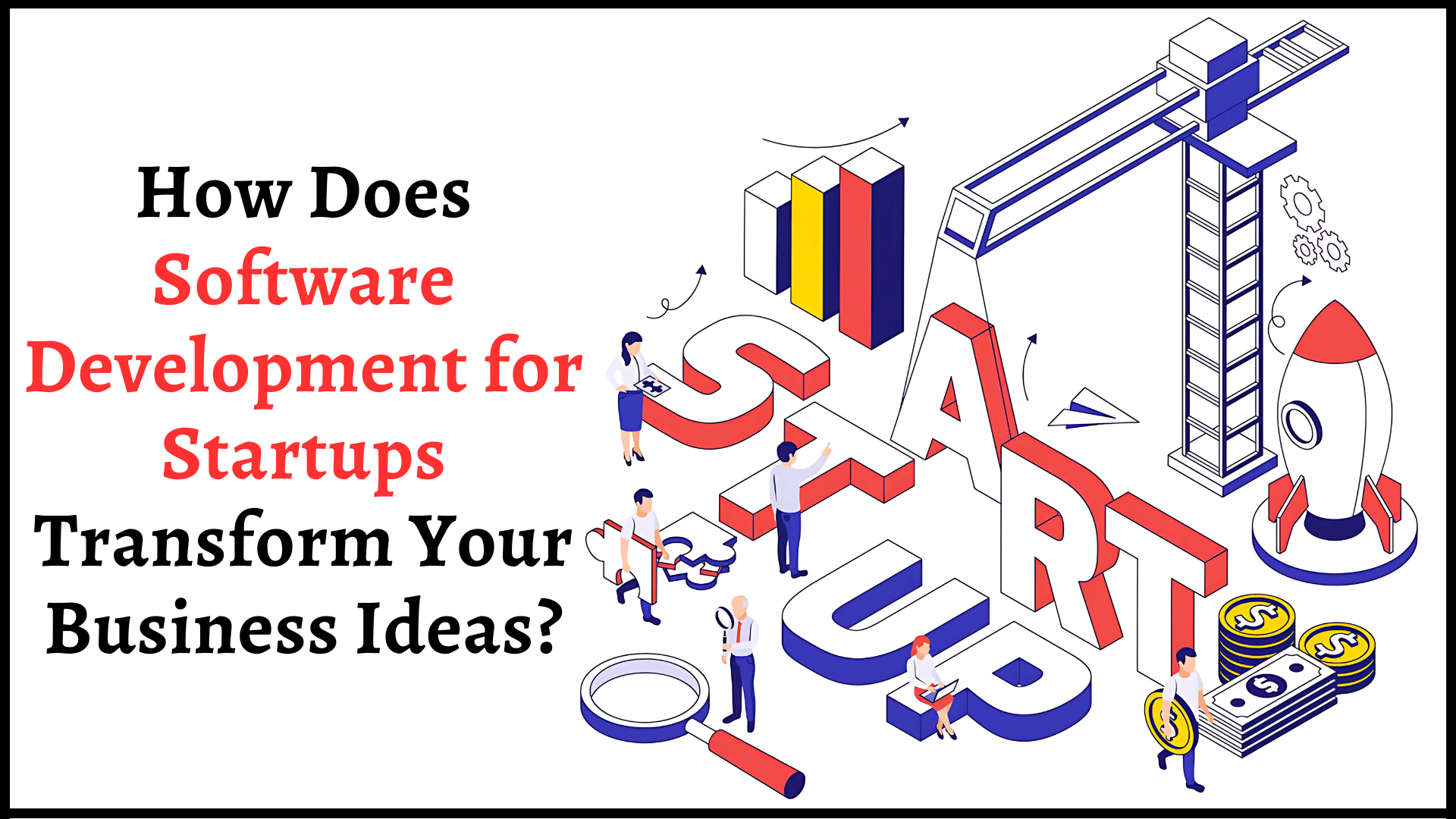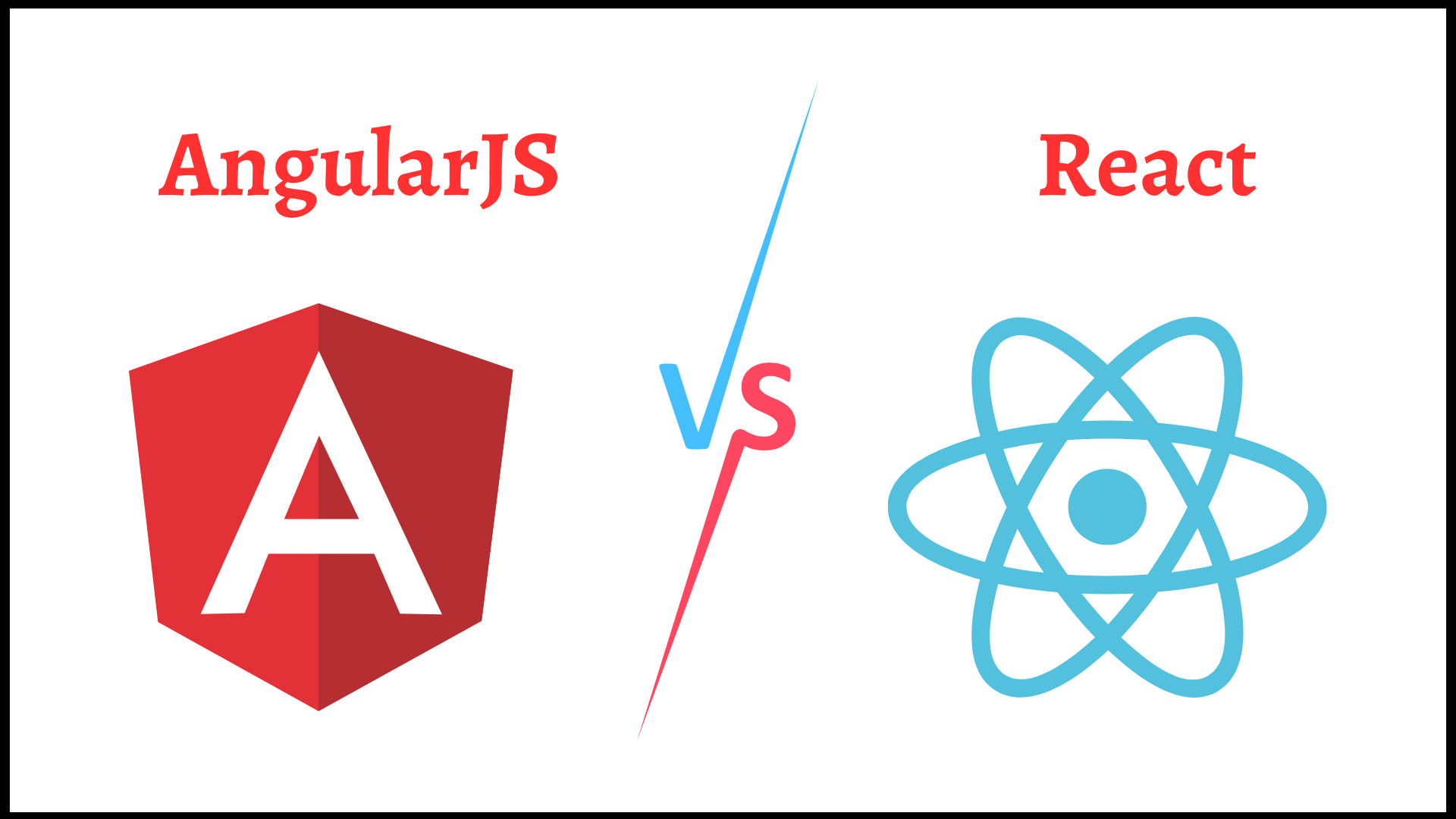- What is Composable Commerce?
- Value of Packaged Business Capabilities in Composable Commerce
- What is the Problem With the Monolithic Approach?
- Difference Between Traditional and Composable Commerce
- Is Headless Commerce Different From Composable Commerce?
- Step-by-Step Migration of Monolithic Commerce to Composable Commerce
- Key Considerations While Migrating to Composable Commerce
- Tangible Benefits of Composable Commerce to Businesses
- Embrace Modern-Day Commerce With CSSChopper
Brands today face difficulty matching customer expectations because of the changing market conditions. This increases the pressure to provide an omnichannel and flexible experience. Yet, many retailers and brands are still centered on complex, outdated, monolithic systems, hindering their business objectives. Here, migrating to composable commerce can help a business match the pace.
It’s a modern approach that empowers a business to use its preferred tech stack with best-in-class solutions to match its unique needs. Composable commerce allows a business to choose the components they require to build and offer top-of-the-tier shopping experiences. With customizable commerce components like product catalog, promotions, cart, and order, one can further tailor the tech stack with best-of-breed vendors for CMS systems or more.
At present, more than 72% of retailers in the USA have applied this modern development paradigm, and another 20% or more retailers plan to adopt it. Undoubtedly, the eCommerce landscape has shifted from legacy tools toward a flexible and modular technology stack. Being versatile is wise for a business aiming to sustain itself for a longer period of time.
What is Composable Commerce?
Gartner coined the term “Composable Commerce” in 2020 in its research. Its report encouraged business leaders to consider this new development paradigm. Composable commerce is a modern approach to building a digital storefront experience across various channels and touchpoints.
It enables custom software development using a best-of-breed tech stack that aligns with your project goals. In other words, this modular API-first digital commerce approach means a brand can handpick its choice of technology to create a memorable online experience for its customers.
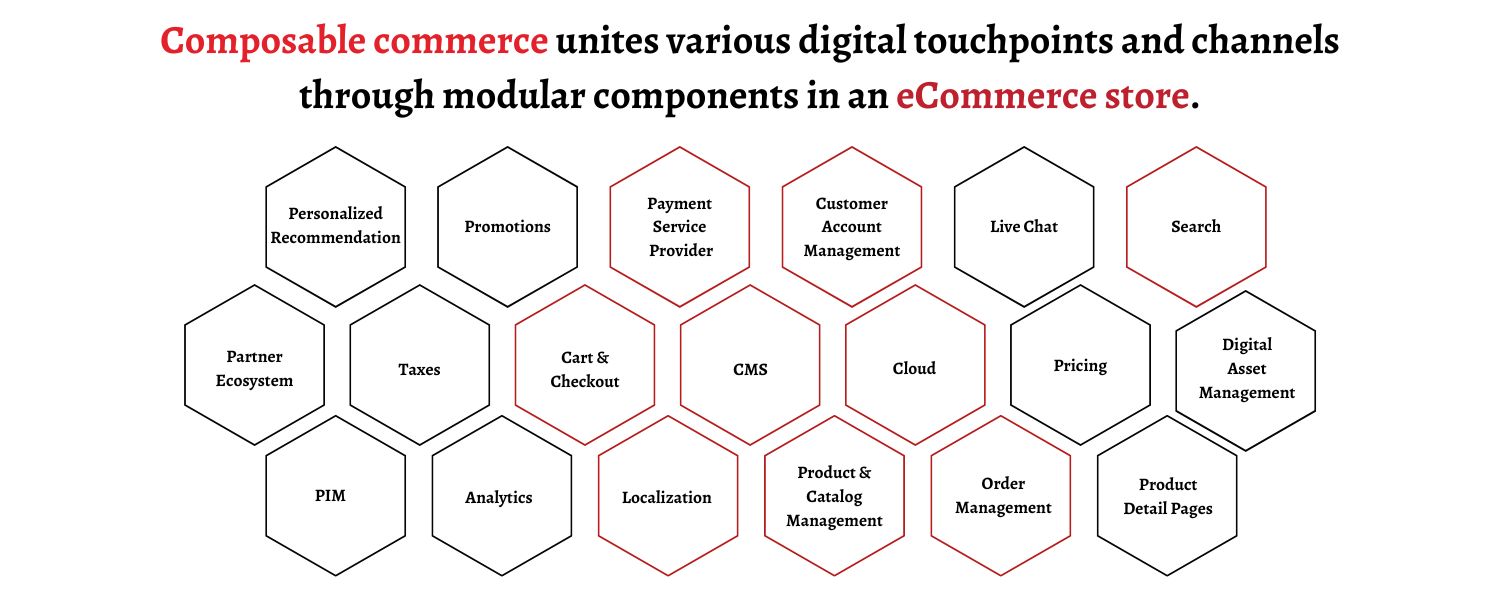
This approach is an alternative to traditional/ monolithic commerce, where one software suite offers most commerce-related functions within a single system. Instead, composable commerce empowers one to build an eCommerce platform using interoperable, independent, and composable elements.
These can be developed, updated, and independently composed, offering flexibility and agility. It is the best approach to power next-level user engagement and helps create a remarkable journey that can “wow” your customers.
Foundation of Composable Commerce
The foundation of composable commerce lies in its architecture, i.e., MACH -Microservices-based, API-first, Cloud Native SaaS, and Headless, underpins next-gen enterprise technology. This enables a flexible enterprise-based eCommerce ecosystem where each component is modular, scalable, and replaceable. MACH allows continuous improvements through agile web development, ensuring the technology can match evolving business needs.
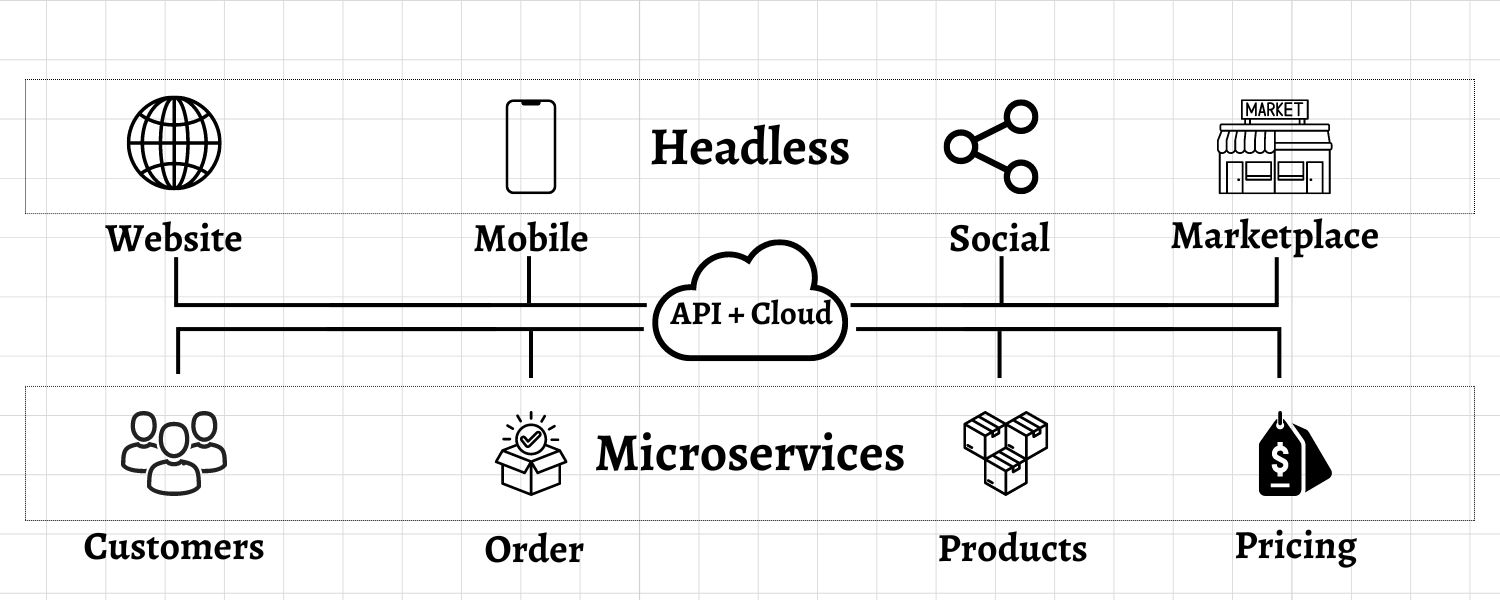
This helps a modern-day enterprise detach from legacy tools and choose the best-in-business technology stack. With swappable architecture, a new-day business can continuously evolve its digital ecosystem piece by piece, giving more scope for agility and flexibility by cutting the need for major re-platforming efforts.
Value of Packaged Business Capabilities in Composable Commerce
These are considered the core building blocks of composable commerce. PBCs are pre-configured modules that deliver specific business functions, allowing an enterprise to create customized commerce solutions. Instead of focusing on a limited monolithic platform, an enterprise can use the best-of-the-breed PBCs to fit its needs. Moreover, these software components can help meet a specific business capability, including virtual shopping carts, order management, checkout, or account management.
What is the Problem With the Monolithic Approach?
What was once considered a better alternative becomes difficult as time passes. Similarly, monolithic architectures were once recognized for their out-of-the-box simplicity. They were a long-term investment for the business, as they provided the eCommerce capability required for years in their journey. However, as time passes, all the perceived benefits have morphed into drawbacks.
Traditional eCommerce platforms, often called monolithic ones, where a website’s front and back ends are tightly tied/integrated. This makes it arduous to make the necessary changes according to the rapidly evolving market needs. Thus, this rigid approach not only degrades agility but also halts innovation.
Since traditional platforms are not hosted on the cloud, they rely on physical servers, which impede scalability to meet varying needs. Also, their compatibility with hybrid or remote working models becomes challenging and causes operational inefficiencies.
Most importantly, every change or integration in monolithic eCommerce platforms requires custom coding. This makes the integration process complex, increasing a solution’s time to market and hampering the growth of a business.
Difference Between Traditional and Composable Commerce
Both approaches are different. One focuses on modern-day needs, and the other relies on the traditional approach. Here is a detailed comparison of traditional and composable commerce:
| Traditional Commerce | Composable Commerce | |
| Architecture | It follows a unified architecture | Follows modular and decoupled architecture with independent components |
| Flexibility | Limited flexibility, which requires significant effort to make changes | Highly flexible, which allows for easy customization |
| Scalability | It often requires scaling the entire system. | Every component can be scaled independently |
| Innovation | A rigid approach reduces the scope for innovation | The modular approach welcomes innovation |
| Agility | Monolithic eCommerce platforms are less agile, making them slower to respond to current market needs. | Highly agile and able to quickly adapt to current-day market needs |
| Time to Market | Slower, as changes often require more time to resolve | Faster, as development initiates piece by piece, making it efficient to add or remove features |
| Security | Less secure, a single vulnerability can hamper the entire system | More secure as every component has its own security layer |
| Vendor Lock-in | Businesses are tied to a single vendor, which results in a high dependency | The dependency level is reduced as components can be easily replaced or swapped |
Is Headless Commerce Different From Composable Commerce?
Yes, both composable and headless commerce development are different. At first glance, it might seem like headless is akin to a composable commerce system. These two share different architectures and can not be used interchangeably. However, headless is the foundational technology that plays a pivotal role in making composable commerce a reality.
The headless commerce or decoupled approach comes from monolithic platforms but is not often tied to them, as modern solutions can be built from the ground up. It separates the front end from the back end of an eCommerce platform, which not only makes them independent but also allows them to communicate through APIs. If any changes are made to one layer, they can not affect the other. This allows flexibility in crafting the user interface (front end) and also enhances the integration capability of the back end.
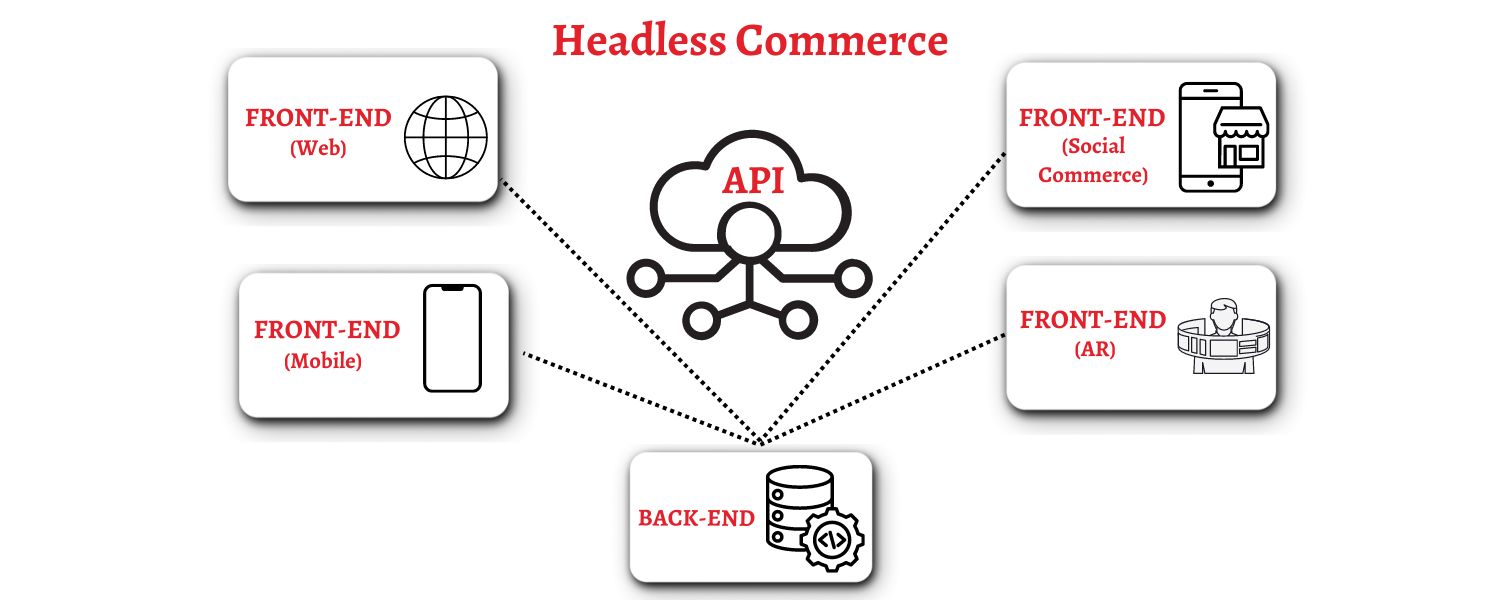
In contrast, composable commerce emphasizes modularity (a step ahead) and decouples every service into various independent components that solve business issues, like personalization, search, and payments. These components can be modified, updated, and changed according to the requirements of the project without affecting the system further. This translates to flexibility, scalability, adaptability, and customization.
To be precise, headless commerce is an integral part of composable commerce. Businesses that have developed headless stores have transitioned themselves into becoming composable enterprises.
Step-by-Step Migration of Monolithic Commerce to Composable Commerce
You need to understand that migrating to a new-age commerce approach is not an overnight success but a gradual process. This process involves various steps explicitly tailored to a business’s needs. Though every migration journey may differ, the fundamental steps remain the same. Here are the steps:
1. Assess Current Architecture
You must start the process by assessing your current monolithic architecture. While doing so, keep your vision in line with your needs and perform an in-depth assessment to determine what can be migrated and what cannot. Also, focus on where your current architecture falls short and what can be improved to better support the needs of your business and customers.
Moreover, you can perform a gap analysis to determine what is utmost critical and what is not. A better assessment of monolithic architecture can serve strongly, as you will find out the key functionalities and dependencies that need to be decoupled.
2. Build a Migration Roadmap
Once you have completed the assessment and determined the desired state of your business, the next step is to formulate a blueprint for the migration process. This includes:
-
Data migration and modeling
You can reassess the setup of your business. By doing so, you can discard those that don’t add value to your project and are not flexible. After that, you can plan to migrate your data to a composable eCommerce platform, like Shopify Plus or Magento 2.4.7.
-
Best-in-breed approach
Once your plan is complete, you must include all the custom extensions that must be added to your project. However, ensure that it aligns with the requirements of your business.
3. Data Migration and Modeling
Before starting this process, it is preferable to partner with a technology partner for further steps, as the process will eventually become intricate. This is where the actual process starts. It does not matter where your migration starts, whether from your product catalog or any other route. What comes first is migrating your data.
A tech team can apply the strangler’s release pattern. But before that, ensure that your data is clean, which means that not-required data is discarded effectively.
Strangler’s Release Pattern is a gradual migration method that progressively transitions monolithic data to newly formed composable components. This will minimize the disruption and eventually perform smooth migration. Strangler’s Release Pattern works like this:
- This requires an eCommerce platform to go headless at first
- It will replace the static pages of the platform with an external component
- After that, it will replace the session and search pages (Product Display Pages and Product Landing Pages)
- At last, tackle out the remaining core functionality
4. Need-based Customization
After migrating your data effectively, your hired web developers can perform the required customization. The experts will start by identifying which components require further tailoring and performing the task based on that to match your business’s needs.
5. Test and Iterate Process
Last but not least, ensure that testing is part of your migration process to prevent data loss and corruption and refine performance. The tech partners team you hire prepares a thorough testing plan to ensure the top-tier scalability and performance of your solution. Moreover, continuous iteration is required to refine and improve the composable components.
Key Considerations While Migrating to Composable Commerce
You must consider various factors while performing migration. These play an effective role in completing the process as envisioned and also reduce the chances of errors. Here are some of the vitals that can help you:
1. Choose the Right Composable Elements
Do not pick every composable element. Instead, carefully select the best-of-breed solutions for diverse functionalities. These include a storefront, CMS, order management system (OMS), Product Listing Pages, Product Detail Pages, and more, depending on your needs.
2. Prepare Integration Strategy
After making the list of the right composable elements, preparing the right strategy to integrate them is crucial. You must plan out wisely how different composable elements will interact with each other through API.
3. Develop a Phased Approach
Do not try to migrate all your data simultaneously, as it will have several repercussions, like data integrity issues or downtime errors. Hence, it is wise to perform a phased (gradual) approach. You can start with a specific channel or feature set to minimize disruption.
Tangible Benefits of Composable Commerce to Businesses
User expectations, behavior, and preferences majorly drive the eCommerce market. Here, having a technology stack that can swiftly adapt to the changing market needs is crucial and can contribute significantly to the success of an organization. Thus, adopting a composable architecture can be a game changer. It helps a business to be customer-centric, and not only that, this approach offers several undisputed benefits:
1. Flexibility
Flexibility is one of the pros of this modular approach to building pristine online stores. Composable commerce makes it easier for a business to choose the best-of-breed components that perfectly resonate with its needs. The modular approach enables quick customization and ensures the solution matches the rising market needs.
2. Top-tier Customer Experience
One of the vital points, especially in the eCommerce market, can either make or break the presence of a business. The more positive it will be, the more users will land on your solution, which improves its ranking, conversions, and sales. This is what composable commerce helps a business to achieve. It not only empowers an organization to create personalized and omnichannel experiences but also assists a business in creating an engaging and enticing experience across various touchpoints.
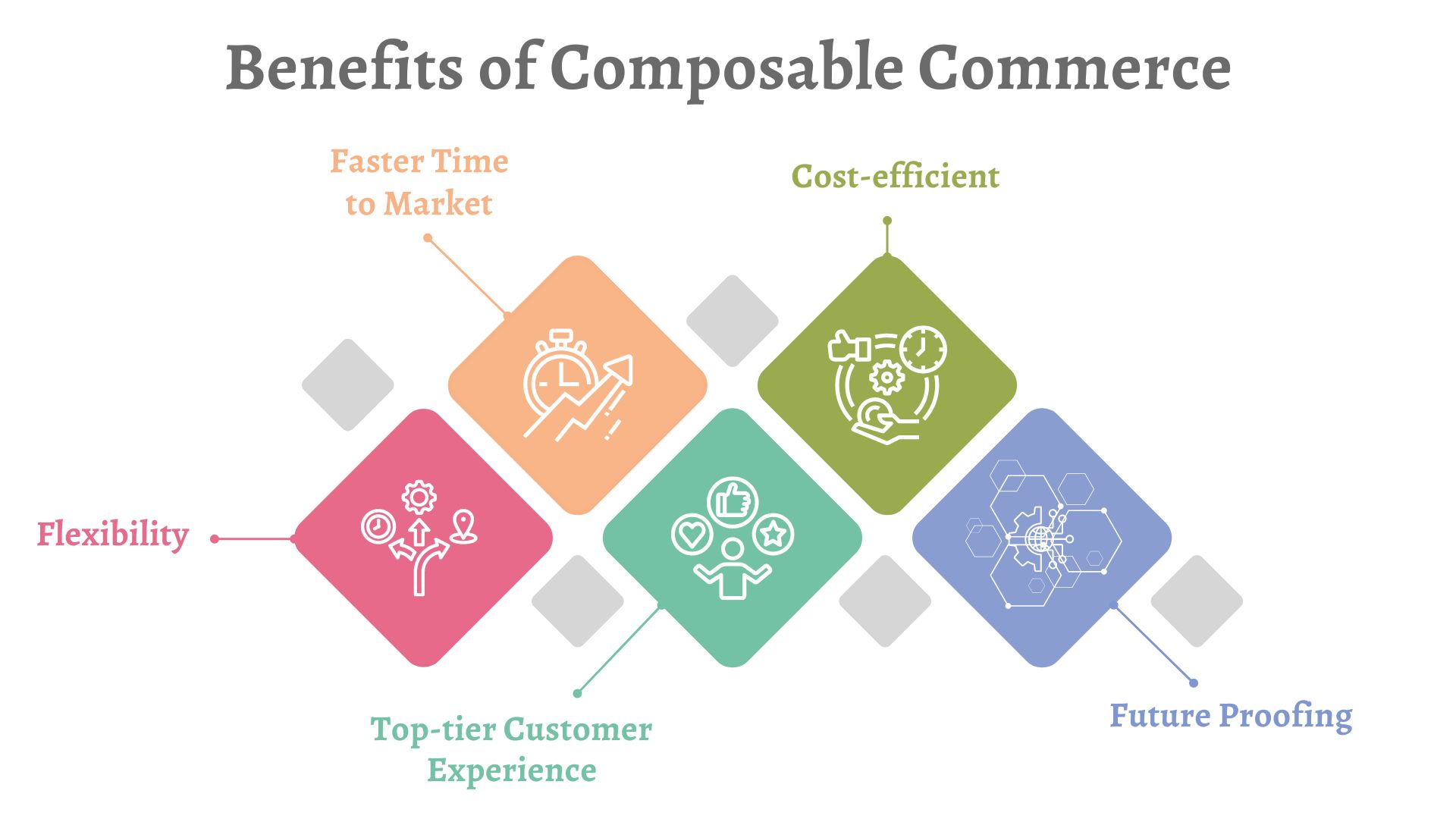
3. Faster Time to Market
Monolithic eCommerce development platforms work on a unified architecture that tightens an online store’s front and back ends. If any change is made in one layer, it will affect the whole solution, which increases the time to market solutions. However, Composable Commerce prioritizes modular components over complex code, accelerating development and initiatives faster in the market. This agile development allows quick innovation and helps a business like yours to stay ahead of the competition.
4. Cost-efficient
Going composable is indeed budget-friendly. This is because you do not have to pay for the development. Instead, you pay for the most necessary features for a business instead of the overall eCommerce platform with some features that will mostly not be used.
5. Future Proofing
One of the most valid advantages of composable commerce is its future-proof nature. How? The market constantly changes with new and modern technologies, uplifting customer expectations. Here, composable commerce emerges as a safer approach as your business remains adaptable and resilient. Also, with a flexible core, you can continually add new technologies to meet the demands of the market.
Embrace Modern-Day Commerce With CSSChopper
If you are contemplating migrating to composable commerce, this is the right time. This migration opens various opportunities and assists a business in developing a competitive web presence. MACH architecture powers scalability and flexibility and also helps reshape how present-day commerce operates. The advantages of migration are highly rewarding.
CSSChopper, an experienced eCommerce development company, can help you complete the migration process without any flaws. Our headless developer’s expertise in building customized solutions ensures an efficient transition to a composable platform. Also, we guide you through the difficulties of the process with a roadmap that serves your needs. When you partner with us, you leverage the most out of the migration and attain a competitive edge.

